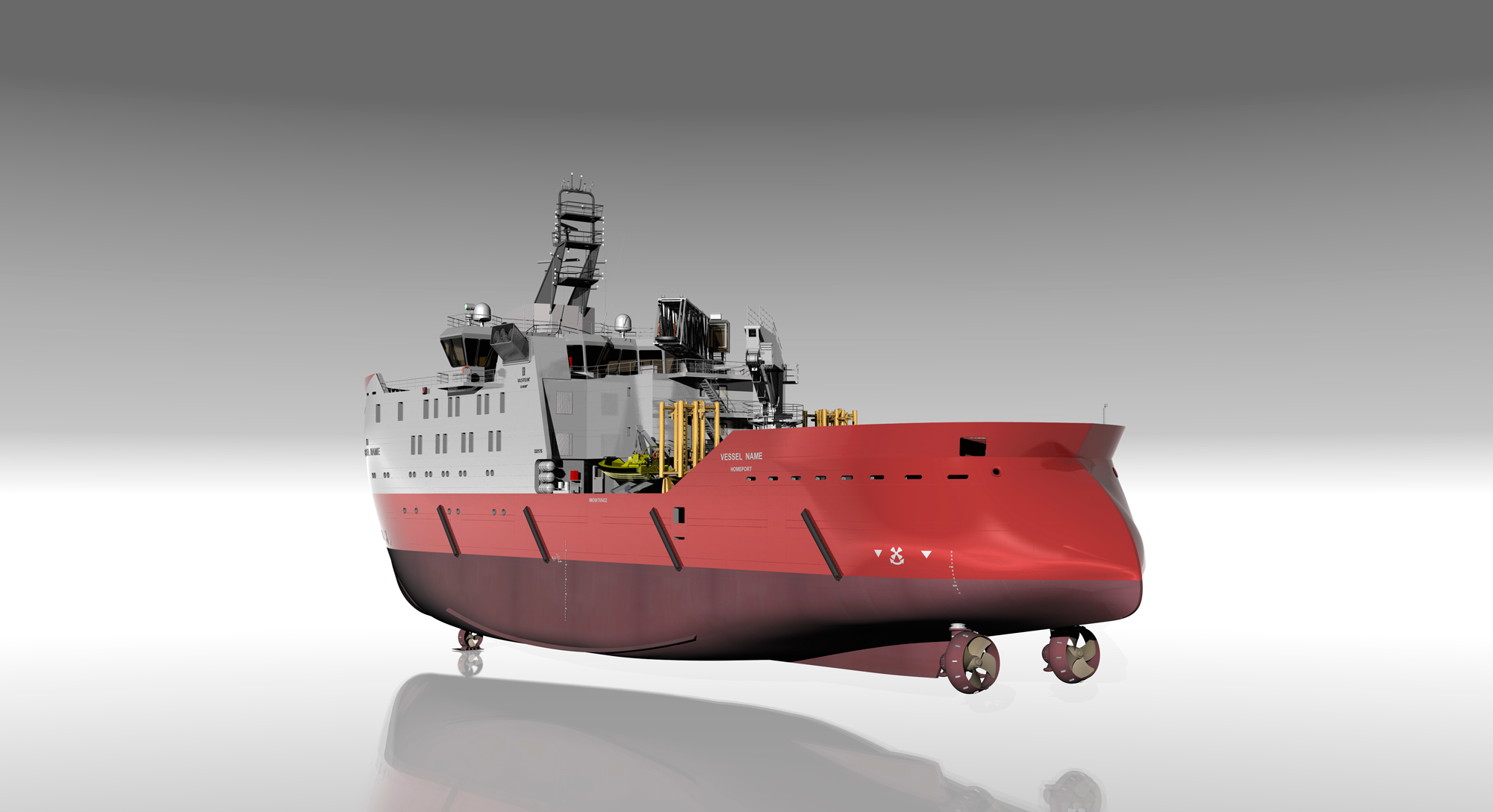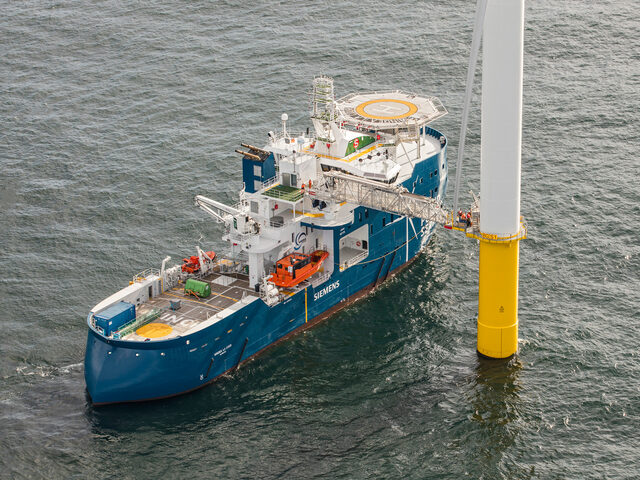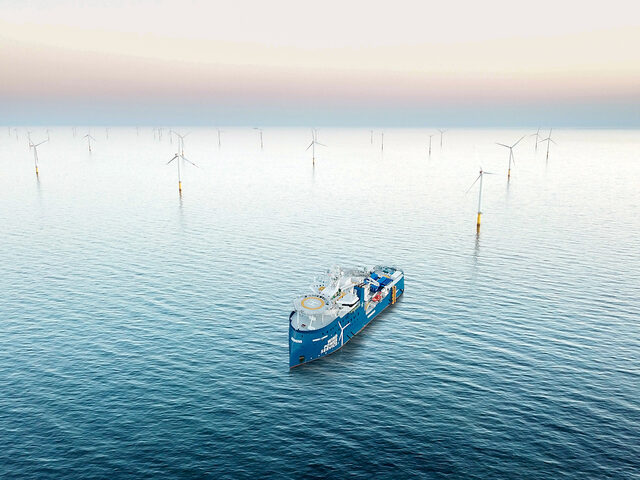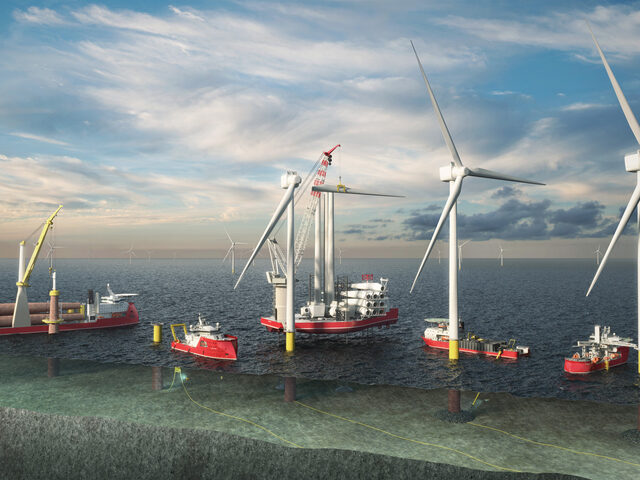Rising curves for the offshore wind market
The Norwegian maritime cluster is one of the world’s most complete clusters. Well established in the marine and offshore markets, the cluster companies have been introduced to other markets, such as offshore wind. The synergy opportunities are high and rising, as offshore wind is a growing industry.
Offshore wind is one of the renewable markets which is expected to increase significantly in the years to come. It is estimated that the global offshore wind market will grow by 16% through 2020.
The offshore wind farms experience steadier and stronger winds, and are therefore able to produce more energy, and the new establishments are further from shore, and in deeper waters.
The SOV has been taken in use for longer distances
At some point, overnight stays for the service technicians become necessary, and the transport normally done by Crew Transfer Vessels must be replaced by other transport tools.
A CTV vessel typically provides transport for service technicians and spares from the onshore base to and from the offshore wind farms on a daily basis. This means that the distance from shore cannot be too far, with a maximum of 90 minutes transfer time. If the sea conditions are too harsh, the transfer can be carried out by helicopter. In these cases the required tasks cannot include heavy spares or tools.
An SOV vessel (Service Operation Vessel) is a dedicated vessel to carry service technicians, equipment, spares and tools to and from the offshore wind farms. The vessels function as floating hotels, workshops and warehouses. They are larger than CTVs, and can typically carry 60-90 people. The vessels transit to the wind farms and stay positioned there for a longer period on time. They must have very good seakeeping standards, both in transit and when positioned, for the wellbeing and safety of the on-board personnel.
For the safe transferral of technicians from the SOV vessel to the wind turbines, the vessels are equipped with a motion-compensated walk-to-work gangway. The technicians can also be transferred from the SOV vessel to the turbines via the smaller CTVs stored on board. Additionally, the crane on the SOV can hoist equipment and spare parts from the vessel onto the wind turbine tp (transition piece) platform.
Getting the best from Oil & Gas in Offshore Renewables
Offshore wind is a new segment in the offshore family, and the knowledge of how the weather can impact the vessel is of great value when developing designs and solutions for offshore renewables.
The Norwegian maritime cluster has already gained much knowledge and references related to the installation, operation and maintenance of various offshore wind farms. This includes equipment and solutions, ship designs and shipbuilding. Innovative, award-winning solutions have evolved, which can help reduce the Levelized Cost Of Energy (LCOE).
SOV vessels come at a high investment cost. However, as the prognoses for future growth in far-from-shore wind farms are this potent, the timing is now.



